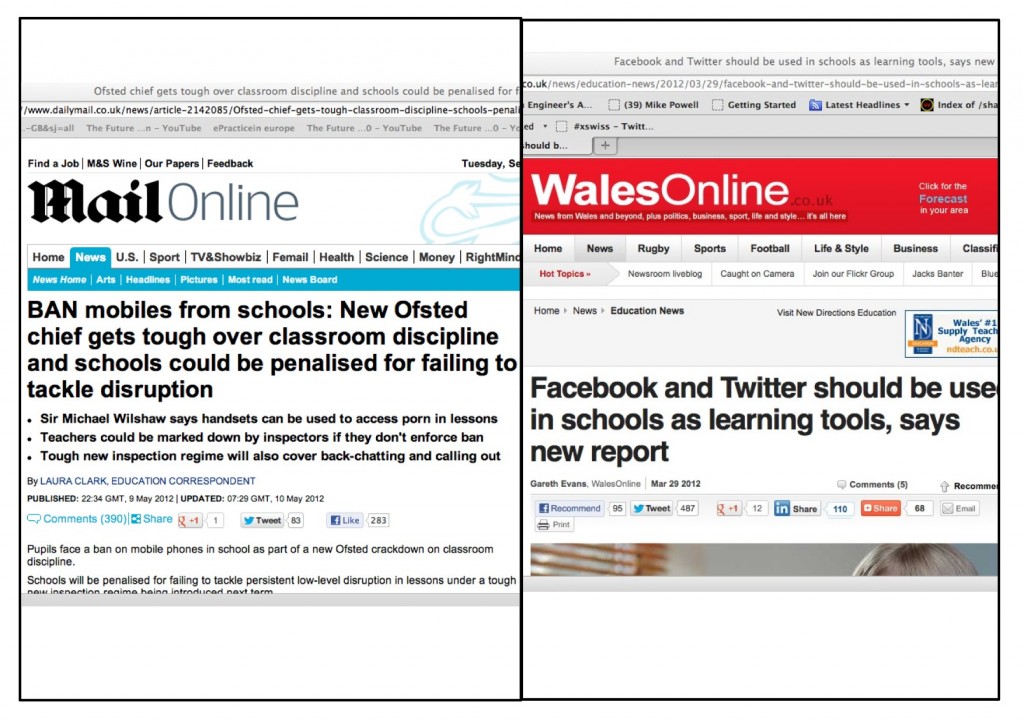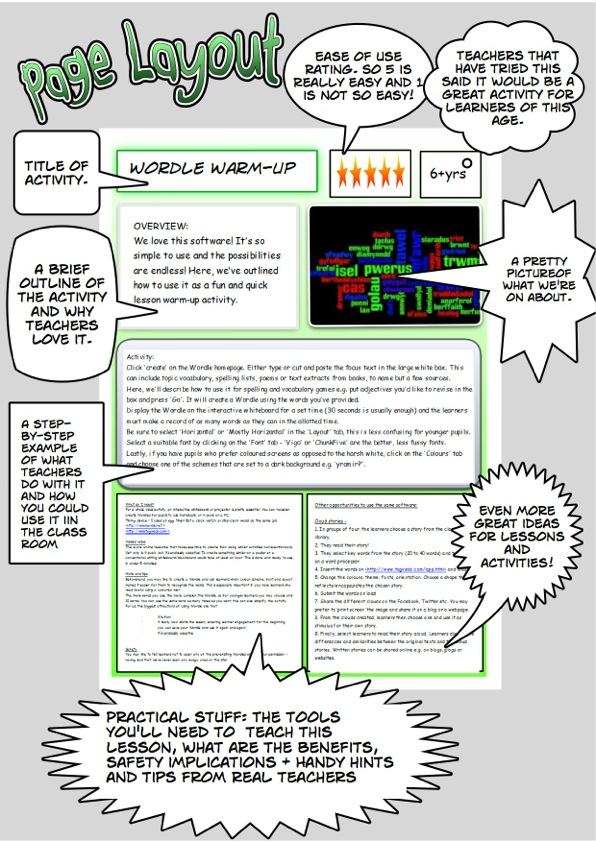RadioActive Europe project which will work with different groups of young people and adults to develop internet radio and set up a European Internet Radio hub kicks off in November. But we are already working on a RadioActive project in London, funded by the Nominet Trust and I am in contact with a number of projects and initiatives around Europe using using radio and video channels with young people and adults.
One of the biggest problems for these project is music. Well it isn’t music as such that is the problem. Access to music has never been easier. I am nostalgic for those long hours I spent browsing in record shops, and taking hard choices as to which album to spend my hard earned pennies on. Now my phone has more music than was ever contained in my much loved collection of LPs.
The problem is the licensing of commercial music for streaming over the radio or for use in downloads of radio programmes. And of course many young people want to play their favourite music. It is a form of curation and self expression. From talking to many musicians, they too want their music to be played on internet radio. It is a way of reaching new audiences who might buy their music.
But the licensing, controlled essentially by the music industry (and certainly not the musicians) is a total mess. I ploughed through the UK licensing documents last week to try to make some sense out of what we can and can’t do through RadioActive. And this is what I came up with.
“1. For broadcasts that include non Creative Commons licensed material
a) requires a sign off by whoever owns the music – e.g. a friends band
OR
b) A PRS For Music licence and a PPL licence.
In the case of (b)
1. We cannot offer the download of programmes or files containing any part of any Sound Recordings. This includes Podcasting.
2. We cannot loop the (streamed) replay within a 3 hour time period.
3. No more than
– 3 Sound Recordings from a particular album
– 2 Sound Recordings from a particular album
– 4 Sound Recordings by one particular artist
– 3 Sound Recordings by one particular artist consecutively
Assuming – reasonably I think – that we do not go over 270000 performances per year the 2012 licence fee for PPL’s Small Webcaster Licence is £189.41 (plus VAT).
If we played say 8 recordings per hour this would provide us with 649 listener hours per week.
We would have to provide quarterly a Webcasting Report detailing the total number of Listener Hours (i.e. the aggregate duration that all users have streamed the service), and the average number of Sound Recordings played per hour for the quarter and (if they ask for it) – a Programme Report detailing all of the Sound Recordings used during a given day’s programming.
We also need to know which countries listeners come from (via web analytics).
The PRS license is far less restrictive costing £118 for 118000 streams. it also allows downloading.
How could that work? For instance cover versions of copyrighted music can be downloaded but commercial recordings cannot.
So in summary (assuming we purchase both licenses) broadcasters have three options
a) To play friends original music with permissions (obtained on paper or by electronic media)
b) To play cover versions of versions by friends with permission
c) To play music covered by a creative commons license
In these three cases we can offer unlimited streaming and downloads
2. To include commercial music in which case we cannot offer for download but can offer on looped streaming subject to conditions detailed above
I think we should purchase the licenses and then explain conditions to broadcasters to make their decision.”
It is all a bit of a nightmare. Jamendo.com is an increasingly rich source of Creative Commons licensed music (although I am told even this is contested in Portugal). And I hope through the RadioActive projects that we can start recording original music. But themess of licensing is stigling creativity and preventing many musicians from getting their music held. All this in the name of an industry which has spectacularly failed to keep pace with changing technologies and changes in the social ways in which we listen to and share music.



